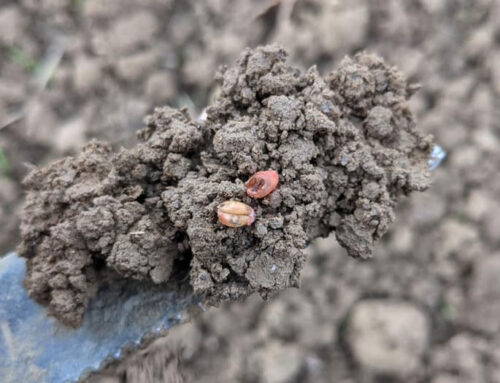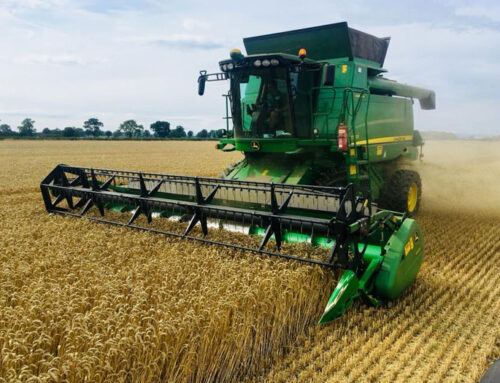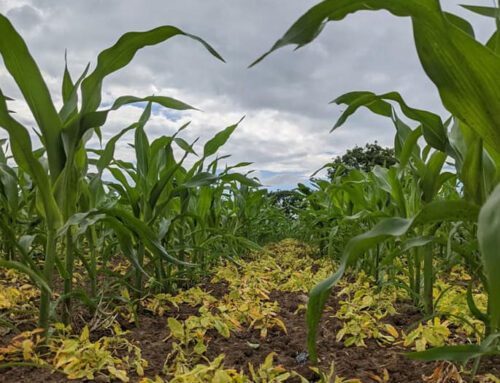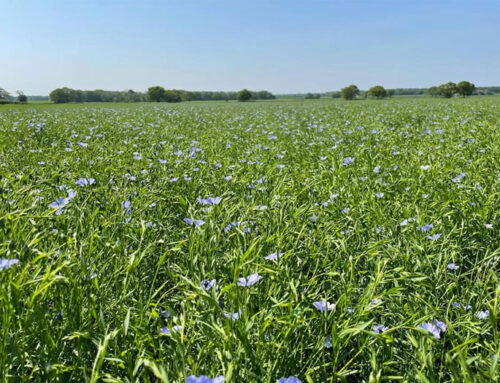The final curtain looks to have been drawn on autumn sowing here in Yorkshire, with the odd exception following sugar beet crops. With conditions still seeming unseasonably favourable I have no qualms with these last few wheats entering the 2022 harvest campaign. Field conditions remain excellent, allowing any final follow up sprays to be applied where needed. The weather forecast for the week ahead looks to be falling back in line with what’s expected this time of year and a couple of frosty mornings could be greeting us when we throw back the curtains in the morning. This is at long last the autumn we all hope for with the pleasant sight of well-established crops littering the countryside. The imminent frosts may help send the grey field slug packing and give some of the later sown wheats a bit of respite from being the main course on the autumnal buffet.
Winter barleys are all now well into tillering and look thick and lush approaching winter. Sadly, having crops like this late in the autumn means one thing… mildew. Although this can look unsightly and the pustule clouds kicking up from your boots may cause a sense of concern, this is something that I tell my growers not to worry about. As previously mentioned, we are heading into colder weather conditions and the first few frosts will be natures way keeping this threat at bay. Only if mildew is on the emerging leaves do I worry and even then an economic response from applying a fungicide is marginal even with current prices.
Wheats have all established well and with a favourable winter and early spring bode well for next year. I am aware there is a long time to go before predicting yields however having a well-established crop is the first task crossed off the husbandry board and at least halfway to filling the barn. Small amounts of Septoria have shown up in those more prone varieties, we all know which ones they are. It is like the evil wizard in Harry Potter we dare not say their name. As with barleys mildew is also apparent in early sown crops and once again, I will be looking to nature as my cure.
Oilseed rape crops are at long last stepping off the gas and as temperatures fall we can at long last give the go ahead for propyzamide (+/- aminopyralid) applications. Large canopies combined with very low phoma levels has steered me to leaving a fungicide out of many of my recommendations. Only where phoma has been spotted on several leaves or varietal pressure is a threat have I included one, and even in these cases rates have been kept on the lower side.
All winter bean crops are now just about to emerge if not already poking. With pre-emergence sprays on in good time any characteristic bleaching from clomazone should be kept to a minimum.
Winter linseed crops should just be approaching the correct stage for their autumn fungicide based around difenconazole. Early sown crops will also receive a small dose of tebuconazole to help keep growth in check. Centurion Max applications have had pleasing results on grass weeds and follow up broad-leaved weed sprays have also been very successful.
On the commodity front global wheat market continued to strengthen last week, despite a blip early on. Australia is anticipating a bumper crop however quality isn’t looking to match with seemingly low protein content. Old crop prices in the UK hit £233 per tonne on Friday (19th) which is a record high for UK wheat futures. Surely even with the increased nitrogen cost the margin for profit looks promising.




